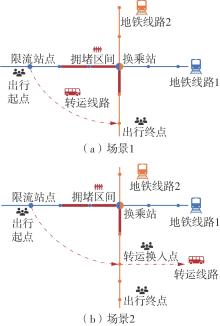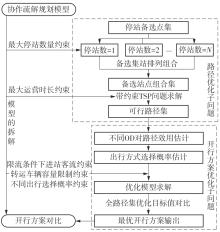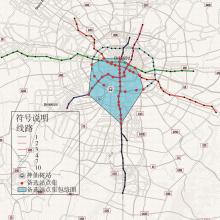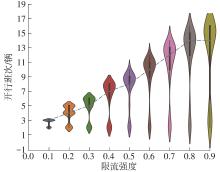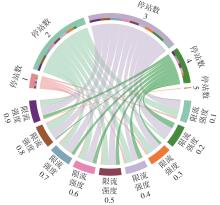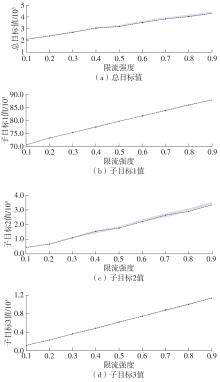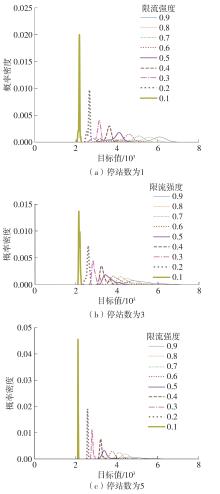Journal of South China University of Technology(Natural Science Edition) ›› 2025, Vol. 53 ›› Issue (8): 11-19.doi: 10.12141/j.issn.1000-565X.240362
• Intelligent Transportation System • Previous Articles Next Articles
Research on Collaborative Transfer Under the Condition of Urban Rail Transit Passenger Flow Control
WANG Bao, LUO Xia, QIAO Xuan, SU Qiming
- Southwest Jiaotong University,School of Transportation and Logistics,Chengdu 611756,Sichuan,China
